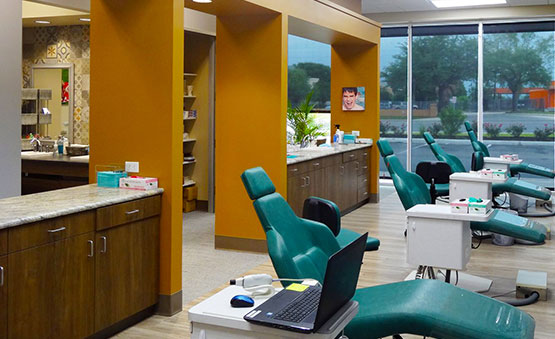Cochran Orthodontics
Award-Winning Orthodontic Care Since 1985
Your Top-Rated & New Favorite Orthodontist in San Antonino, TX
Great staff with ease of appointments. I would recommend Dr. Cochran without hesitation.Linda Seavey
Meet Dr. Devin Cochran
Dr. Devin Cochran is a top-rated orthodontist in San Antonio, TX, who has been transforming smiles since 1985!
In addition to his extensive experience, he brings compassionate and personalized care to our patients every day. Dr. Cochran's mission is to provide high-quality care in a relaxed and comfortable environment. He specializes in all aspects of orthodontics including traditional braces, clear, lingual (hidden), and Invisalign. Dr. Cochran invites you to discuss your goals at your complimentary initial appointment and look forward to helping you achieve your best smile!
Learn More About Dr. Cochran
What To Expect On Your First Visit
Enjoy Your Complimentary Cochran Orthodontics New Patient Assessment

- Discuss Your Goals
- Thorough Exam & Digital X-Rays
- Custom Treatment Plan
- Discuss Flexible Financing Options
Award-Winning Orthodontist in San Antonio, TX - For Braces & Invisalign! Flexible Financing Options Backed By A Satisfaction Guarantee!
Schedule Your Complimentary Cochran Orthodontics New Patient Assessment
Our Locations
Hours
Monday - Thursday 8am - 5pm & Friday 8am - 12pm
We Service All The Following Towns & Their Surrounding Areas
- San Antonio, TX
- Schertz, TX
- Pleasanton, TX
- Floresville, TX
- Bulverde, TX
- Boerne, TX





